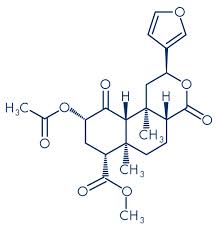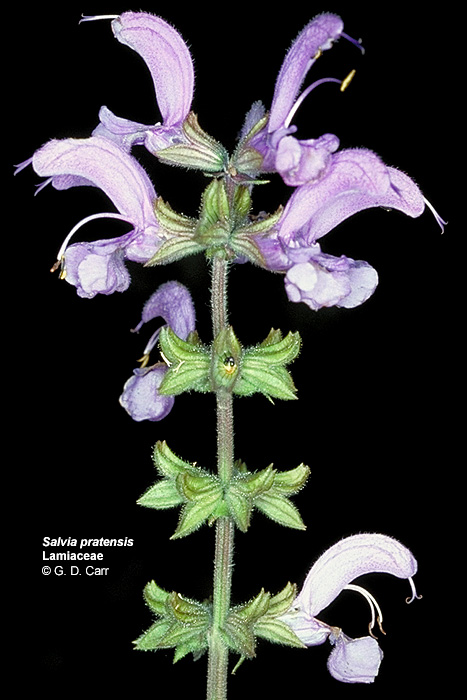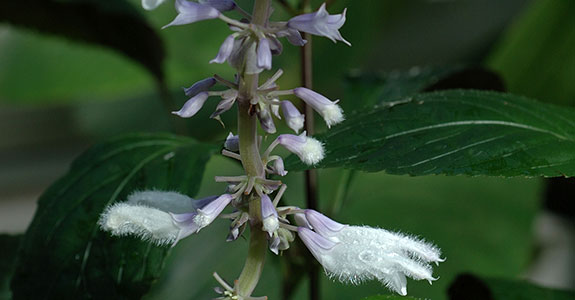Salvia Divinorum Clones
Salvia Divinorum may grow from seeds or propagation. Germinated seeds are not often produced by existing salvia plants. The shortage of germinated seed producing plants means that there are more propagated clippings of clones than unique plants grown from seed. Different clones are actively grown and carefully watched over to keep the species alive. Commercial and private growers watch the clones for signs of germinated seeds that may produce exciting new strains.
Seed raised Salvia divinorum Plants
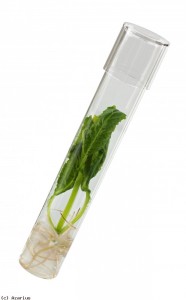 Salvia Divinorum is unique when the plant comes from a seed. The value of a seed born plant is high as the plant is one of a kind. A plant that comes from seed has combined the genes of two other plants and has made a new strain. The new plant may look a little different than it’s parents or have different medicinal salvia effects. Any new traits are a huge deal. If the new plant is favorable it should be cared for and clips may be made if it does not make germinated seed.
Salvia Divinorum is unique when the plant comes from a seed. The value of a seed born plant is high as the plant is one of a kind. A plant that comes from seed has combined the genes of two other plants and has made a new strain. The new plant may look a little different than it’s parents or have different medicinal salvia effects. Any new traits are a huge deal. If the new plant is favorable it should be cared for and clips may be made if it does not make germinated seed.
There are no known cases of viable Salvia Divinorum seeds being found in the wild on plants. For good seeds to exist, plants are
carefully pollinated in green houses. This is usually done by hand and the seeds which come from this method are not always germinated. The line 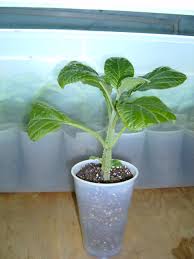 of parents is kept in record by the grower in most cases so the chance of making good seeds again is increased. Even a plant that has made a germinated seed before may not make one again.
of parents is kept in record by the grower in most cases so the chance of making good seeds again is increased. Even a plant that has made a germinated seed before may not make one again.
Possibly the most unfortunate part of the saliva plant which is grown from a seed is that is does not often survive. Seed grown plants will appear from their soil briefly. They are known to die at an early age. There is always hope for seed grown plants, but they do have less than a 50% chance to live.
A common Wasson/Hofmann clone is known to have once made germinated seed that grew into various strains by Daniel Siebert. The strains are called: Echo, Oracle, Sacred Spring, Enigma, and Mystique.
Other known strains from good seed: Maka, Hanau.
Salvia divinorum Plants grown from clone clip propagation
A Salvia Divinorum clip clone will look similar and have the same genes as the plant it was clipped from. Most plants that exist are grown this way as it is easy to do with this species. These plants do very well in large pots or when planted outside in the right conditions. Clipped clones can be grown with less than 4 hours of sunlight a day and do not need any complex treatment.
Rural parts of Mexico and Sierra Mazateca are typically sourced for wild plant clippings. Wasson and Hofmann, and Bret Blosser
 found most of these plants and began to clone them.
found most of these plants and began to clone them.
Salvia clones collected from wild strain: Julieta, Catalina, Palatable, Delicious, Cerro Quemado, Wasson/Hofmann, and Bret Blosser #2.
Defining characteristics of Salvia Divinorium: Growth Strength, appearance, chemical strength, and taste. The different clones of Salvia Divinorium show a range of unique attributes.
Growth strength will vary from plant to plant. The plants that exist today are usually the best of the best so they do well. Strong plants are typically bred together in hopes of producing better offspring, weaker strains are phased out this way. Wasson/Hofmann is known to be a strong strain. Growth strength can only be observed if growth conditions are good.
Overall plant and leaf shape is very similar on every clone. Paradox is the only plant known to have special leaf shape. This comes from the lack of clone variety due to low seed germination and viability. The range of plant color is known to include yellow, green and some shades of purple. Height, width, and plant thickness can depend on where then plant is being grown. Small pots will grow smaller plants, they tend to grow more large and with haste when re-potted into a bigger pot. Light and humidity can also alter a plants appearance.
Strength of the Salvinorin A concentrate is not the same in all strains. The typical amount of concentrate in a clone can be between .8 and 2.9, depending on the strain. It is not clear if each clone strain has the same chemical strength from plant to plant. More studies need to be done.
The taste of Salvia Divinorum is known to be bitter in all plants. The delicious strain is bitter as well. The tannins in these plants causes the bitter flavor which varies from season to season. Different strains may have a slight unique second taste.
A small gene pool of Salvia Divinorum plants exists today. Because of the lack of diversity, the measurable qualities do not vary much. Seed born plants are so rare and valued, they give the species a chance to grown and change.
The following video demonstrates a tutorial on how to create a clone from a clipping of a Salvia divinorum plant

